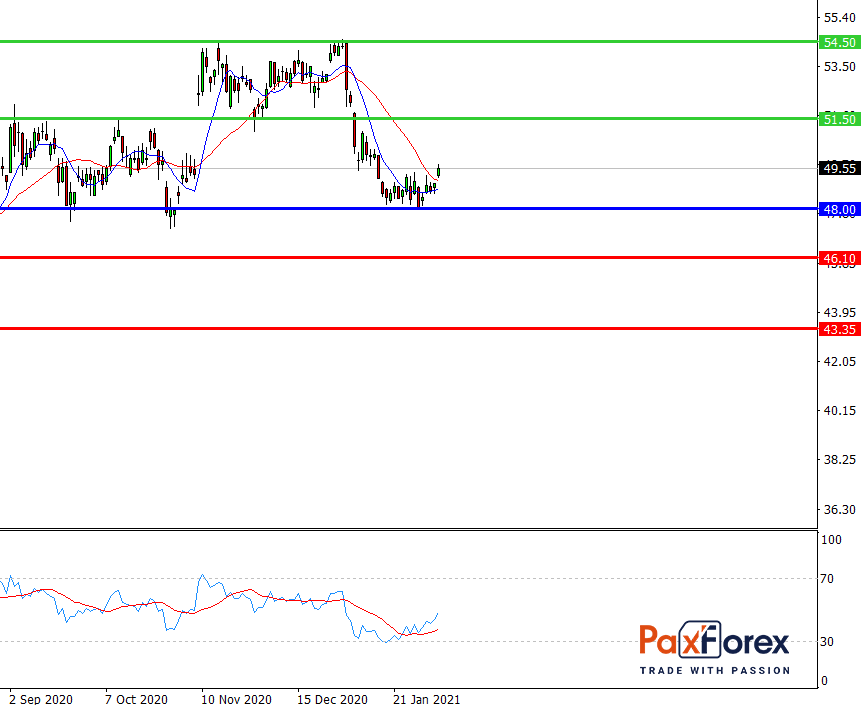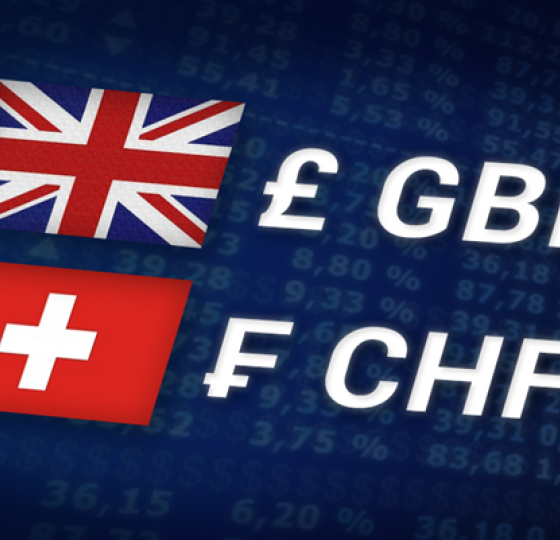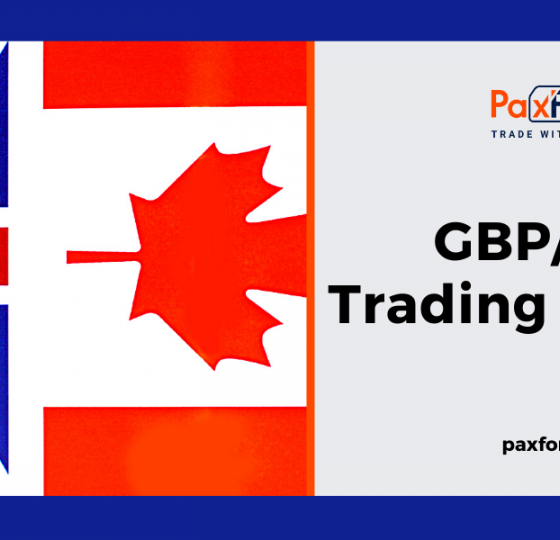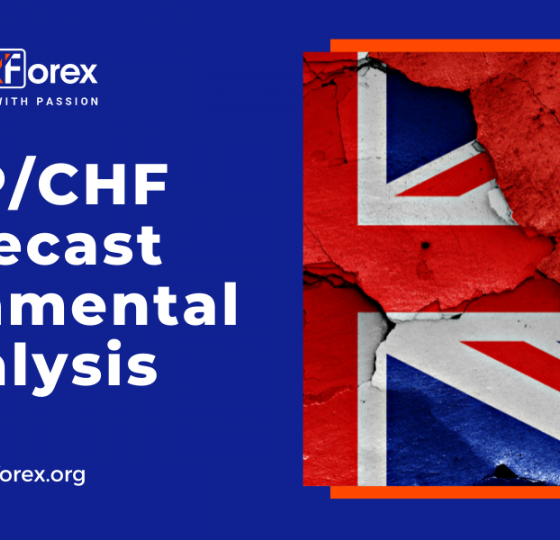
Source: PaxForex Premium Analytics Portal, Fundamental Insight
Coca-Cola shareholders turned in a downturn last month as the market declined. Shares fell 12% in January, compared with a 1% decline in the S&P 500, according to S&P Global Market Intelligence.
The drop came on the back of a tough year for the top beverage maker, with shares down slightly in 2020 compared with a 16% jump in the market as a whole.
Investors had good reason to short the company's stock in January. The ongoing threat of a pandemic continues to weigh on its business, for example. The COVID-19 outbreaks forced additional social distancing measures in parts of the U.S., Europe, and other key markets last month. Beverage sales trends are linked to consumer mobility, which means the beverage giant could report another period of lower volumes in an upcoming quarterly report.
Still, investors are hoping to hear good news from Coca-Cola in a few days. The beverage giant posted unusually weak results for most of 2020 as the pandemic put pressure on beverage buying demand. But management has responded with significant strategic changes, including a shift to e-commerce in recent months.
CEO James Quincy and his team will likely celebrate victories such as these, as well as popular innovative releases in niches such as sparkling water, tea, and soda, when the company releases its fourth-quarter earnings report, while also publishing its outlook for the new fiscal year. Let's take a closer look at the upcoming report, scheduled for Feb. 10.
Wall Street is preparing for an even weaker sales performance because Coca-Cola is still suffering from a lack of crowded sporting events and concerts. Sales in the previous quarter were down 6%, with sales down 4%, compared to PepsiCo's 1% growth. The Coca-Cola business is more focused on consumption away from home and lacks the large food and snack segment that Pepsi boasts.
These differences created big divergences between the two businesses during the pandemic, with Pepsi barely losing ground despite a steep drop in Coke sales.
Investors expect to see another modest decline in earnings in this report, as sales are down 5%. Back in October, company executives warned investors to prepare for slower short-term results as outbreaks threatened new travel restrictions. We'll find out the other day what impact this situation has had on the company's organic growth.
Coca-Cola can't do anything about the timing of the end of the pandemic, but management has room to improve the company's finances. Cost reductions helped push operating margins higher last quarter despite declining sales. The company is also cutting hundreds of underperforming brands to focus on popular products such as sparkling water and zero-sugar soda.
The company is improving the development and release of these products, and investors should see immediate benefits in metrics such as operating margins and strong cash flow. Chief Financial Officer John Murphy recently told investors, "While much has changed since the pandemic began, our focus on converting top-line growth into profit maximization has not."
Commenting on 2021, Coca-Cola won't have much certainty. Management refused to release even three-month guidance back in October, and the virus is still affecting economic trends around the world.
The good news is that the company's quarterly reports will become more and more clear from here on out. The fiscal first-quarter showed the beginning of the impact of the pandemic as demand fell in March and April. These declines mean that the company will certainly announce a return to global volume growth this year, even if the fourth quarter of the fiscal year marked the fourth consecutive quarter of losses.
PepsiCo will announce its results the day after Coca-Cola, and the consumer products giant is expected to report strong organic sales growth of 4 percent this year while projecting more growth in 2021.
The timeline for Coca-Cola's recovery is less certain. A more focused portfolio means that once the consumer returns to normal, the recovery will be faster. But it could be almost a year before these shifts allow the company to start setting sales and profit records again.

While the price is above 48.00, follow the recommendations below:
- Time frame: D1
- Recommendation: long position
- Entry point: 50.00
- Take Profit 1: 51.50
- Take Profit 2: 54.50
Alternative scenario:
If the level 48.00 is broken-down, follow the recommendations below:
- Time frame: D1
- Recommendation: short position
- Entry point: 48.00
- Take Profit 1: 46.10
- Take Profit 2: 43.35













